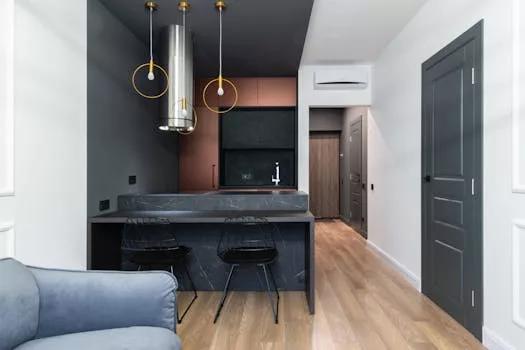
Choosing the Perfect Color Palette for Your Home: A Guide to Harmony and Style
Choosing the perfect color palette for your home can be a daunting task, especially with the numerous options available. Choosing the perfect color palette for your home is a crucial aspect of interior design, as it sets the tone and atmosphere of your living space. A well-selected color palette can create a sense of harmony, style, and even affect your mood. In this article, we will delve into the world of color theory, explore the factors to consider when selecting a color palette, and provide tips on how to choose the perfect colors for your home.
Understanding Color Theory
Before we dive into the process of selecting a color palette, it’s essential to understand the basics of color theory. Color theory is the study of how colors interact with each other and the emotions they evoke. The color wheel is a fundamental tool in color theory, consisting of primary colors (red, yellow, and blue), secondary colors (orange, green, and violet), and tertiary colors (colors created by mixing primary and secondary colors). Understanding how colors relate to each other on the color wheel can help you create a harmonious color palette.
There are several color harmony principles to consider, including:
- Monochromatic: using different shades of the same color
- Complementary: pairing colors that are opposite each other on the color wheel
- Analogous: using colors that are next to each other on the color wheel
- Split-complementary: pairing a color with the two colors on either side of its complementary color
Factors to Consider When Selecting a Color Palette
When choosing a color palette for your home, there are several factors to consider. These include:
- Lighting: natural and artificial lighting can significantly impact how colors appear in your home
- Furniture and decor: the colors of your furniture, rugs, and decor can influence your color palette
- Personal preferences: your personal taste and style should be reflected in your color palette
- Room purpose: different rooms in your home may require different color palettes (e.g., a bedroom may require calming colors, while a home office may require stimulating colors)
Considering these factors will help you create a color palette that is tailored to your specific needs and preferences.
Tips for Choosing the Perfect Color Palette
Now that we’ve explored the basics of color theory and the factors to consider, here are some tips for choosing the perfect color palette for your home:
- Start with a neutral base: use a neutral color as the primary color and add accent colors to create interest
- Consider the 60-30-10 rule: allocate 60% of your color palette to a dominant color, 30% to a secondary color, and 10% to an accent color
- Test the colors: paint samples on your walls or use online visualizers to see how the colors will look in your home
- Seek inspiration: look to nature, art, or design for inspiration and guidance
Conclusion
Choosing the perfect color palette for your home is a process that requires patience, research, and creativity. By understanding color theory, considering the factors that impact your color palette, and following the tips outlined in this article, you can create a harmonious and stylish color scheme that reflects your personality and enhances your living space.




